Varicose vein treatment can alleviate discomfort, prevent progression of vein disease and improve the appearance of your legs.
When you hear "Nutcracker," your mind might conjure images of holiday ballets and sugar plum fairies. But in the world of vascular health, Nutcracker Syndrome is anything but festive. This rare condition involves the compression of the left renal vein (the kidney’s main vein), which can lead to significant symptoms[…]
Understanding insurance coverage for vein treatments is essential for anyone dealing with symptomatic varicose veins or chronic venous insufficiency (CVI). While some vein procedures are considered medically necessary and are covered by insurance, others may be classified as cosmetic and require out-of-pocket payment.
The human body is a fantastic piece of engineering, with blood vessels and arteries that deliver and take oxygen-rich blood from one organ to another. Of all arteries, the carotid arteries are some of the most important because they provide blood to your face, head, and brain.
Varicose veins can be more than a cosmetic concern—they often bring discomfort and health implications. Microphlebectomy is a highly effective treatment, especially when combined with ablation, for those seeking comprehensive varicose vein removal.
While October was Medical Ultrasound Awareness Month, we still want to highlight the critical role that ultrasound technology plays in diagnosing and managing health conditions.




.jpg)
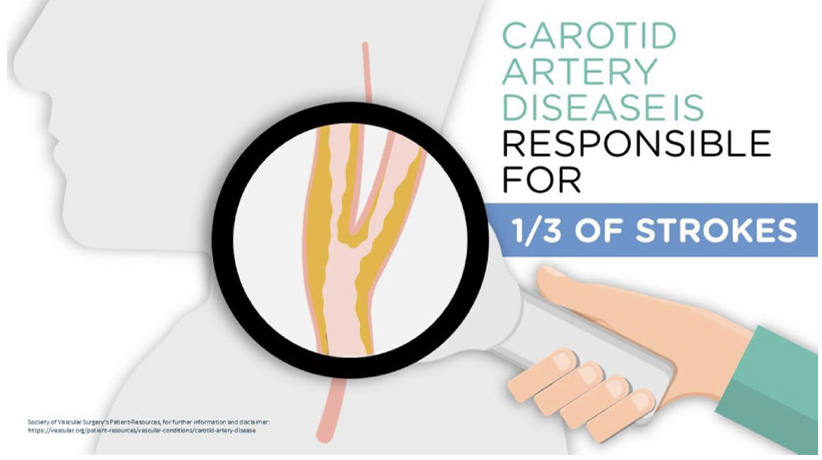
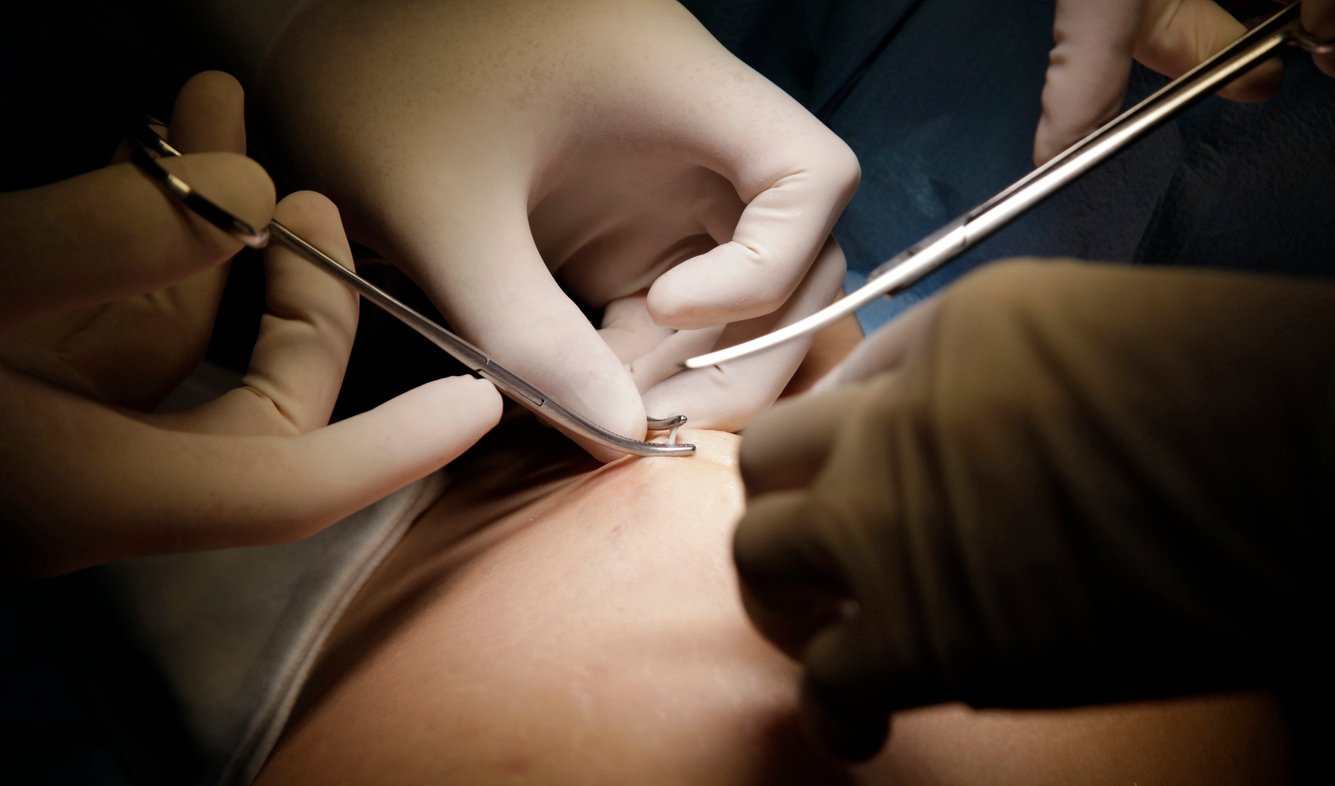
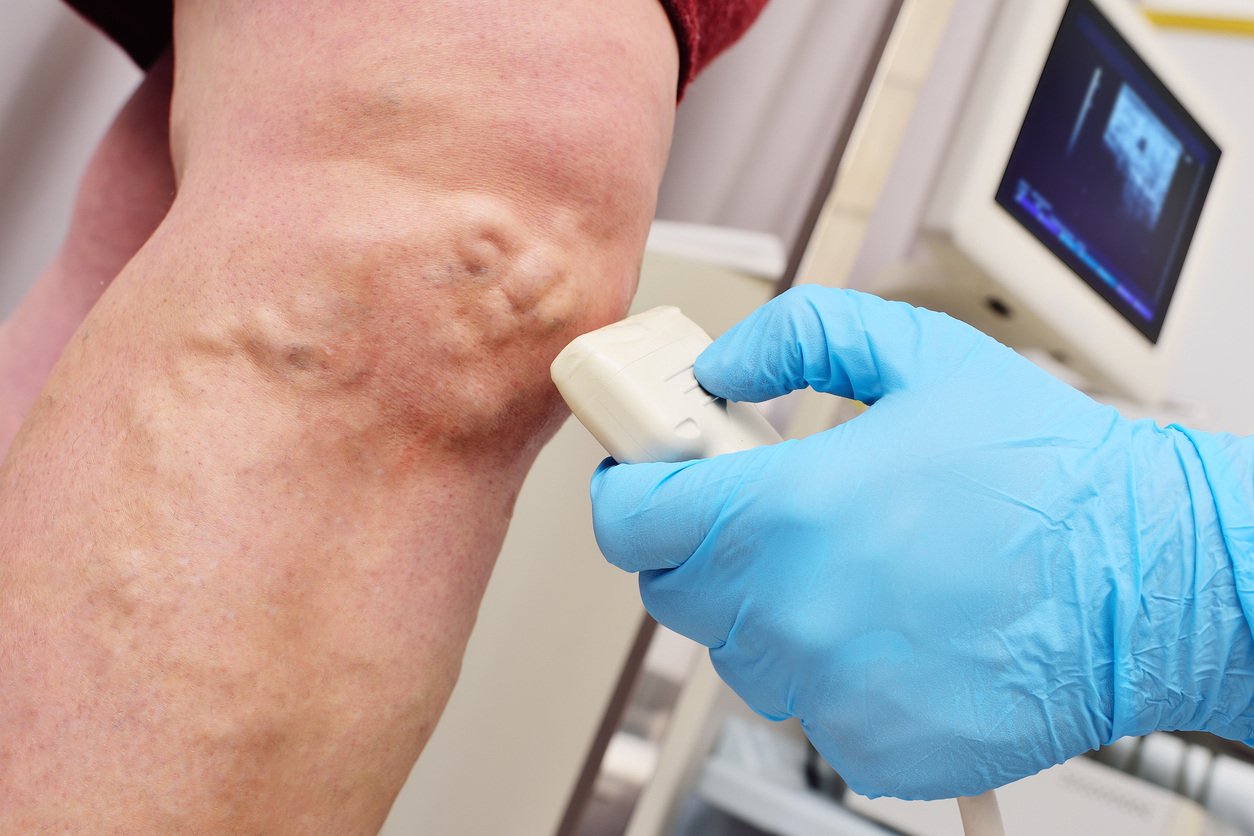



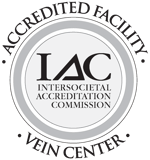
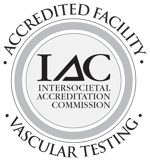
.jpg?width=944&name=Castle-Connolly-Top-Doctors-Emblem-Large%20(4).jpg)